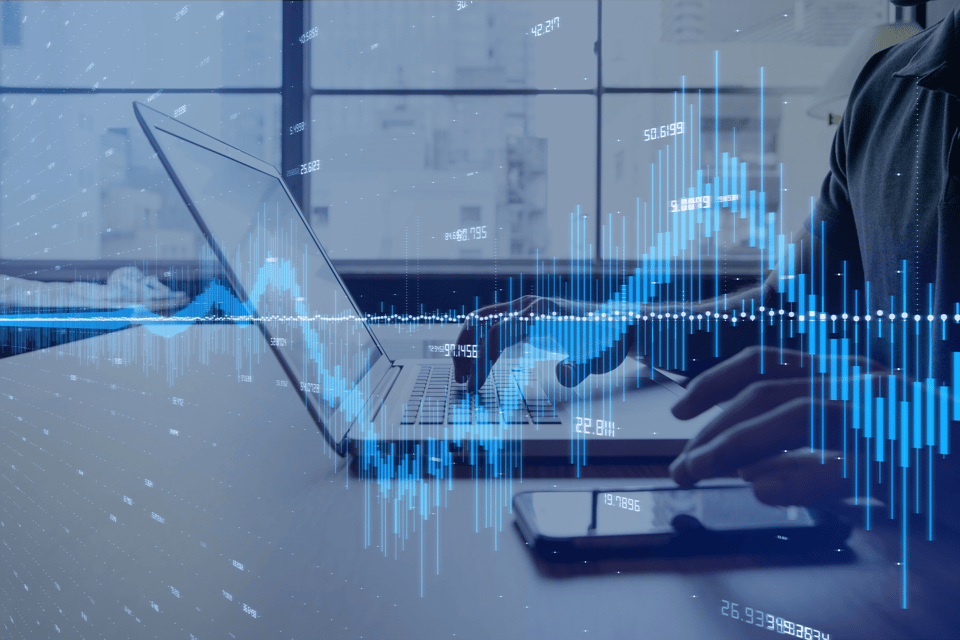At first, the concepts of market structure and price action can be a bit confusing. However, if you’re a technical trader or investor, understanding what each term means and how they differ from one another is critical. In this blog, we shed some light on these topics and break down their applications to futures.
What Is Price Action?
Price action is the fluctuation of a product’s price over a period of time. In an open, publicly traded market, price action represents the changes in a security’s value. It acts as the basis for technical analysis, which is the study of past and present price behavior. For market technicians, price action is the foundation for all trading strategies and methodologies.
To place continuous price action into a manageable context, all variations are charted. Pricing charts are a key part of technical analysis because they translate seemingly random ticks into a user-friendly, visual format. Common chart types are Japanese Candlestick, Open High Low Close (OHLC), and line. When referencing a chart, a trader can quickly ascertain which of the three ways price action may develop:
- Bullish: Bullish price action refers to an upward move in price. Prices rise when buyers outnumber sellers, thus skewing the bid-ask spread in favor of the bid.
- Bearish: Bearish price action refers to a downward move in price. Prices fall when sellers outnumber buyers, thus skewing the bid-ask spread in favor of the ask.
- Neutral: Neutral price action refers to a horizontal move in price. In a neutral scenario, the number of buyers and sellers are roughly equal. The result is muted price action and a balanced bid-ask spread.
The key thing to remember about price action is that it is a product of order flow. As buy and sell orders hit the market, price moves up, down, or sideways in concert with evolving supply and demand. This is an important aspect of the market structure and price action dichotomy―market structure is a product of price action.
What Is Market Structure?
Market structure, also referred to as market state, is a representation of developed price action. Over any given period of time, price action ebbs and flows, moving up, down, or sideways. The result of these fluctuations defines the market’s structure. With pricing charts, it’s easily visible on intraday, daily, weekly, monthly, or yearly time frames.
Technical traders and investors view market state with respect to three basic classifications:
- Rotation: A market is in rotation when price action is neutral. Rotational markets are defined by reduced trading ranges and overall consolidation. Reversion-to-the-mean trading strategies are typically applied to range-bound or rotational markets.
- Trend: A market is trending when price action is overtly bullish or bearish. Trend trading is a popular methodology because realizing extraordinary profits is possible. Buying or selling pullbacks from Fibonacci levels are common ways of trading trending markets.
- Reversal: A market is under reversal when price action has changed directions. Spotting reversals can be challenging but lucrative, if successful. Identifying trend exhaustion points with momentum oscillators or chart patterns are two ways of trading reversals.
By identifying chart patterns or using technical indicators and tools, traders are able to ascertain a market’s structure. Once this step is accomplished, a trader can apply an appropriate strategy to that market. In this way, the evaluation of market structure and price action may become an integral part of selecting positive-expectation trading opportunities in real time.
Market Structure and Price Action: What’s the Difference?
Remember, the difference between market structure and price action is this: Price action is the basis for market structure. A security’s price is always moving and contributing to that security’s periodic market state. If you can accurately identify market state, then you can choose a trading strategy that’s more likely to generate profit.



